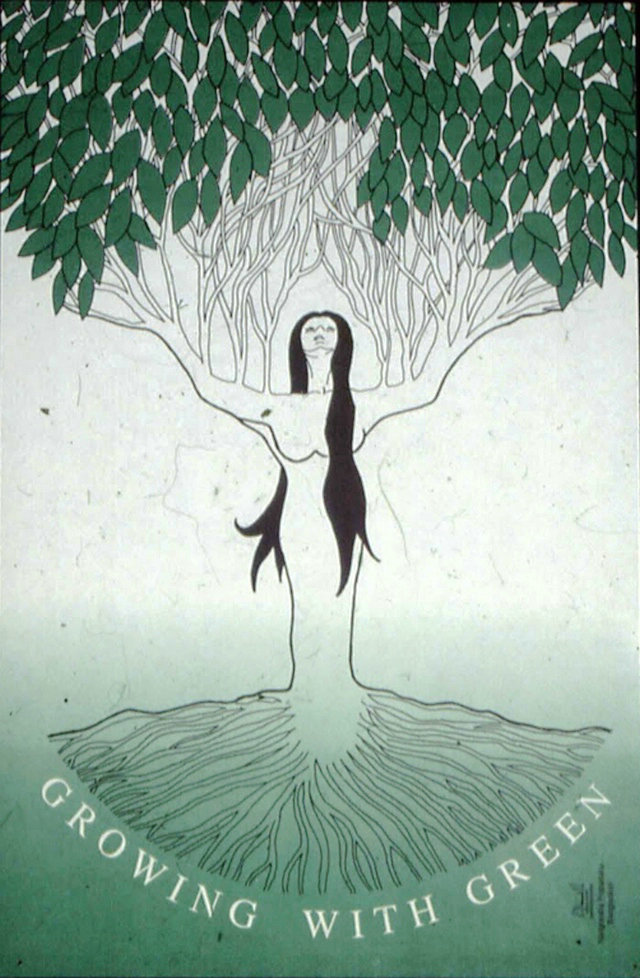

Women asserting their right to protect the environment – forests, water, land – they live and work in.
Perhaps the first time that the collective involvement of women was noticed in an environmental campaign was in the seventies, during what came to be known as the Chipko campaign. During this time, to protest the cutting of trees in their villages by contractors, many women in the Gharwal region in northern India clung to trees to prevent them from being chopped. This was only the beginning of a movement marked by the high participation of women. As their activism developed, women came into campaigns to protect forests, to fight for rivers such as the Narmada, to protect their lands from being privatized or mined for minerals, and against nuclear power.
The long history of rural women’s environmental activism, is complemented by the massive involvement of the urban women of Bhopal in the movement against Union Carbide after the Bhopal gas disaster in 1984. In the many years that have passed since this tragic event in which thousands of people were killed as a result of a gas leakage from the Union Carbide plant, the campaign for justice has been kept alive by women.
Battles for resources such as water and forests have grown as globalization sweeps across India and more and more natural resources get privatized. These changes within homes and families, where one member may benefit, while the other’s burdens increase, pose new challenges for the movement.
Poster on environmental conservation. This too uses the Chipko metaphor.
The idea behind the poster was to create a positive and affirmative imagery of women in social communication.
The painting was created after the Rheo Summit. The caption was determined first. The idea was to celebrate earth. The painter at that point in time was greatly influenced by the Narmada Bachao Aandolan, especially Medha Patekar in her active role of a transformer and protector of nature. The image of the woman is the re-appropriation of the Greek mythic image, Goddess Isis transformed as Medha Patkar. She symbolises the role of a woman as a protector of nature. Thus the idea of woman is superimposed with mother earth in the context of protection, equanimity and nurturer. The painting was initially produced as an interior poster and was later adopted to the title.
Tribal women have always had a special relationship with the environment.
“Water, forests and land, these are our rights.”
Making forestry more geared towards women
Seeds are sown in order to inspire and create life.
Thinking about the future of the earth.
“I want to live, these branches and leaves are my adornments.”
Zubaan is an independent feminist publishing house based in New Delhi with a strong academic and general list. It was set up as an imprint of India’s first feminist publishing house, Kali for Women, and carries forward Kali’s tradition of publishing world quality books to high editorial and production standards. Zubaan means tongue, voice, language, speech in Hindustani. Zubaan publishes in the areas of the humanities, social sciences, as well as in fiction, general non-fiction, and books for children and young adults under its Young Zubaan imprint.